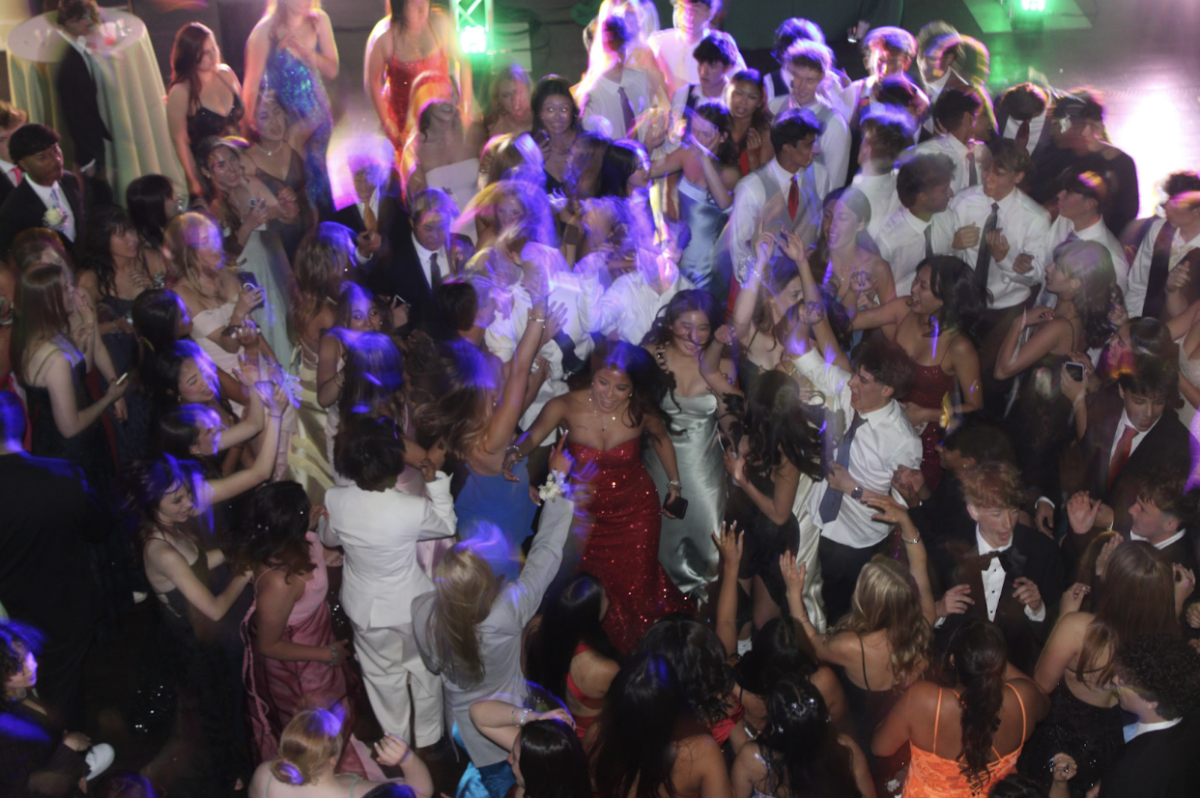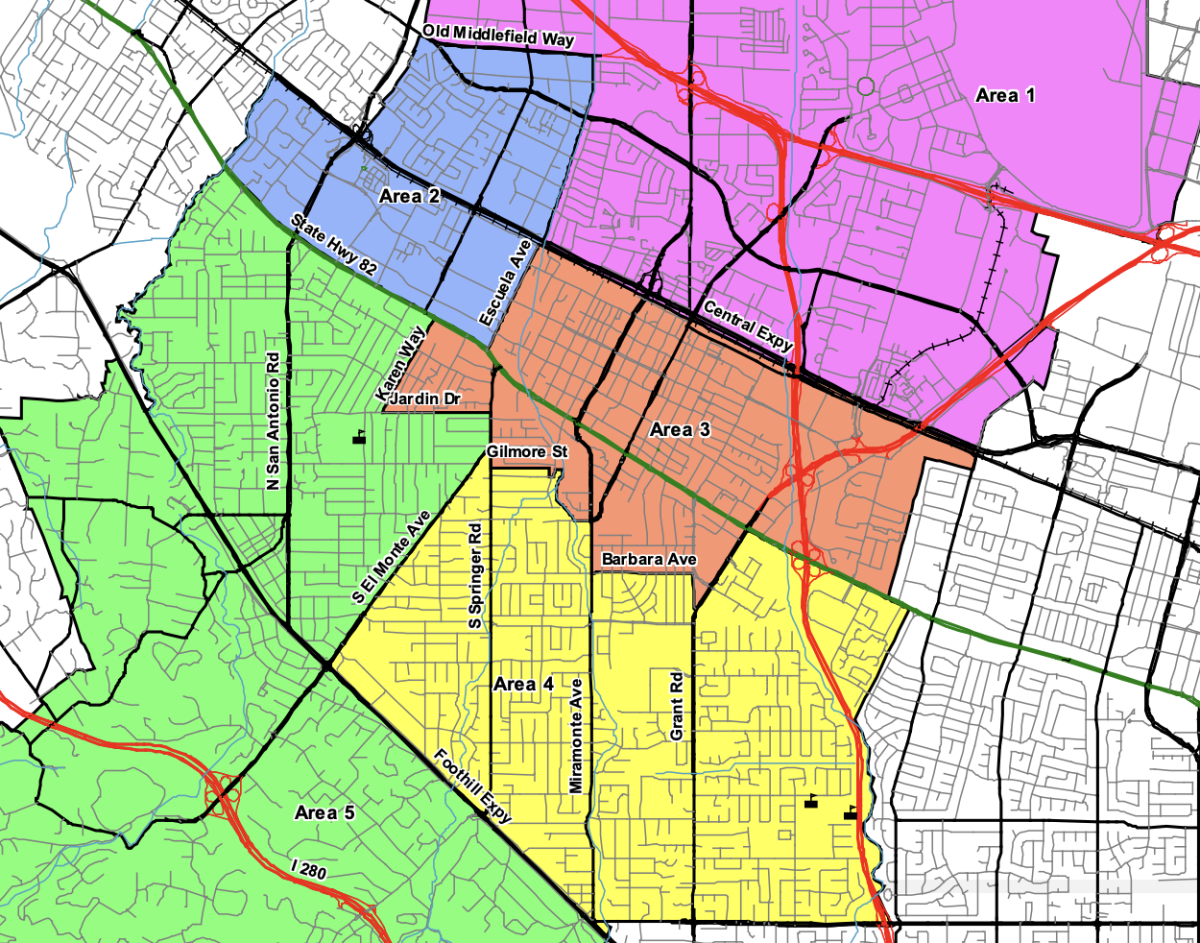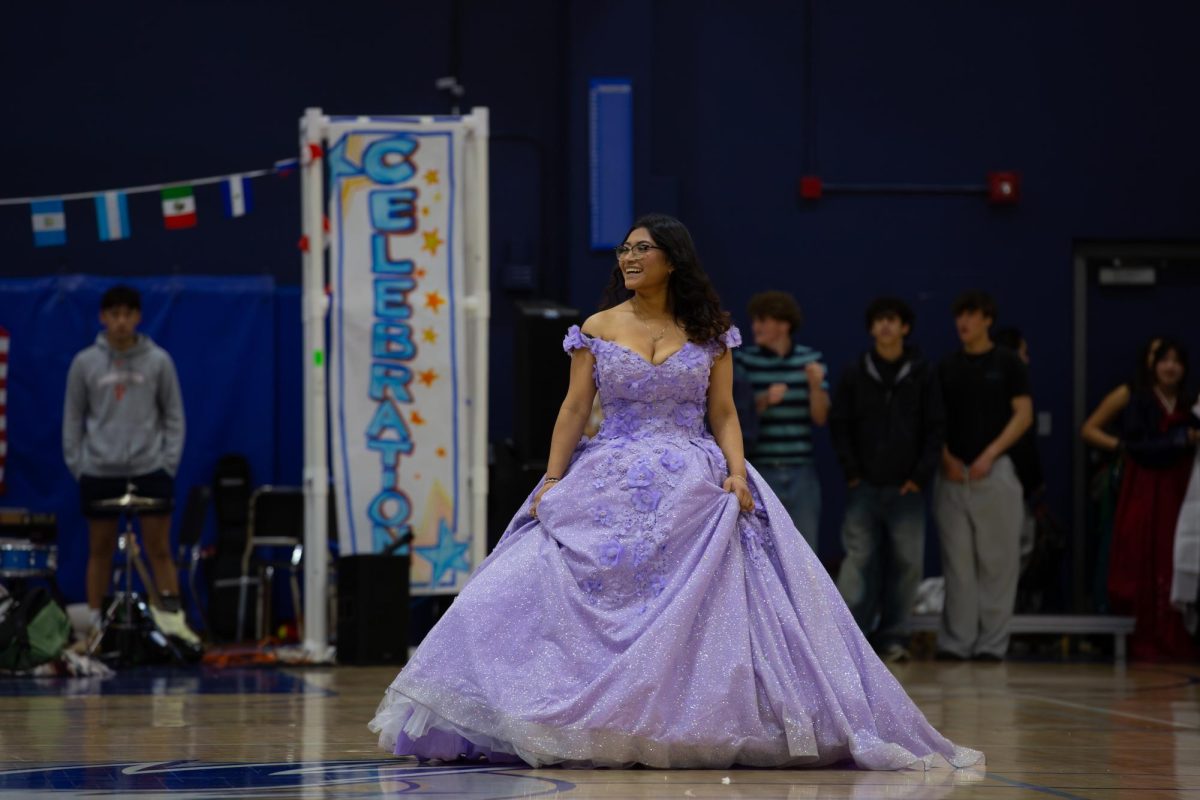Women’s Health Laws:
Abortion laws and other women’s health laws have been both an important and divisive issue for feminists in the past. However, modern feminists tend to favor loosening or removing regulatory laws on abortion.
Earlier this year, the Texas legislature voted on a bill that would have placed large restrictions on abortions. Democrat Wendy Davis performed a filibuster in order to stall the vote, ultimately preventing the bill from being passed on time. Davis’s filibuster speech epitomized the modern feminist movement: “This legislating is being done and voted on, look around the room, primarily by men…You can imagine, or maybe you can’t, how a woman feels to be told that…if she can’t fit into every one of these little square pegs, she is not going to be able to exercise her constitutional right, and what’s so disturbing is that we don’t seem to care.”
The feminist pro-choice argument is that a person should have the right to decide what happens to their own body. Sophomore Neta Simon echoed this belief: “It’s a personal choice which should not have anything to do with politics.”
Senior Ali Young has similar sentiments on the issue, regardless of her moral convictions about abortion.
“Abortion laws are tricky since I believe there is a blurred line between a women’s rights to her body and the life of the unborn child,” Ali said. “That being said, I think that the government has no place in telling a woman how to manage her body and what she can and can’t do. It’s not the government’s job.”
Trans* and Feminism:
The commonly accepted definition of feminism is the advocacy of equal rights among all genders. However, at times there is a disparity between the outlined goal and the actual outcome. Trans* women are just that: women who are often left behind by the feminist movement.
“The modern feminist movement definitely tries to affect trans* rights,” Club for Gender Equality President sophomore Julia Khan said. “Feminism is about gender equality, no matter what gender you are. Part of the reason our society is so transphobic is because we have these strict gender roles and fluidity is demonized.”
However, junior Sasha Sobol feels that the feminist movement could be doing more to advocate for transgender rights.
“The feminist movement oftentimes excludes transgender people,” Sasha said. “I think it would be great if they advocated for the rights of trans* people, especially trans women, because of the severe discrimination trans* people face. Trans* people are discriminated against and harassed in many aspects of their lives, including their homes, schools, work, healthcare and the criminal justice system.”
In response to the void of trans* action in the mainstream feminist movement, a new branch called transfeminism came into being around 2000. While the transfeminist movement is valid and has positively worked for trans* rights, many people, including Sasha, feel that mainstream feminism should live up to its claim of advocating equality and be more accepting of trans women.
“All oppression is connected and focusing on one group’s rights does not mean ignoring the rights of other groups,” Sasha said.
Men in Feminism
Men’s affinity for labeling themselves as feminists is significantly lower than women’s. This may stem from varying understandings of what feminism is.
“I define feminism as the idea that women should be treated equally to men, whether it be socially, economically [or] politically,” senior Steven Lee said.
Other students believe the feminist movement’s purpose has mutated into something other than equality.
“For me, feminism should be equality in social rights among genders. However, in the eyes of the public, I feel like it has become more of a mindless empowerment,” junior Alex Mao said.
That is not to say, though, that men do not consider the feminist movement to be needed.
“I think feminism is necessary. We think about equality for everyone, but sometimes we forget how our treatment or perspective on women betrays that cause,” junior Sungmin Park said.
The absolute consensus forms when men are asked if they, themselves, are feminists.
“I do not consider myself a feminist,” Steven said. “This is not to say that I am against what feminists advocate for, but I think that it is hard for me, being a male that has grown up in a family of three boys, to be emotionally invested in and fully understand what some women endure or go through.”
Others find a different barrier between themselves and feminists.
“I would not consider myself a feminist because I feel as if as of now, society is not yet ready for complete gender equality,” Alex said.
Whether because of misunderstanding the feminist cause or because of personal doubts in social norms suddenly changing, some men are wary of calling themselves feminists, but do not deny the necessity of the feminist movement.
Rape Culture
Rape culture is the paradigm in which social norms and prevalent attitudes contribute to normalize, tolerate and sometimes condone the act of rape, or of taking advantage of someone sexually.
“Rape culture is everything that’s connected to gender stereotypes, like needing to be strong and having sex, for guys, and the way you dress and act, for girls,” junior Niamh Mcloughlin said. “I think people don’t see rape culture as simple as that, because rape is such an intense word… expecting people to be a certain way because of their gender would be promoting rape culture.”
Rape affects all genders, yet it affects women disproportionately. Often a taboo topic, rape is far more prevalent than some consider it to be. RAINN (Rape, Abuse and Incest National Network), the largest anti-sexual violence organization in the U.S, has found that 207,754 cases of rape occur in the U.S. every year. 54 percent of these assaults are not reported to police and 97 percent of rapists are not charged or imprisoned. One in six women (14.8 percent) reported rape and 2.8 percent have reported attempted rape, while 1 in 33 men (3 percent) reported experiencing rape.
Rape culture can be seen in every medium through which ideas are exchanged and opinions are formed. Facebook and other social media are riddled with images that depict disparaging remarks on women, with comments sections filled with messages promoting rape. Songs played on the radio glorify non-consensual sex, such as “Blurred Lines” by Robin Thicke, which promotes ignoring consent.
Rape culture centers on the idea that women are inferior, giving false justification to the dehumanization of women.
“One of the biggest issues in rape culture is that girls are taught to basically not get raped, and boys are never told to not rape,” Niamh said.
In the movement to eliminate rape culture, some people have wrongly labeled feminists as misandrists. Niamh regrets the false label that people associate with feminists.
“I don’t hate guys, but I think its wrong that they’ve been taught to be slobs, and how they’re expected to stare at women and see them as sex objects,” Niamh continued.
The feminist cause of equality is simple: rape should be condemned, regardless of the gender of the victim.
Woman in Media
Portrayal of women in the media has long consisted of tailoring females to fit into the same aesthetic. Whether it’s the innocent damsel or the rousing vixen, the perception of women has long revolved around the notion that women must align with some form of conventional beauty to be valued. The dearth of women that are represented behind the scenes in mainstream media provides an apt explanation to this phenomenon in nearly every facet of popular culture. According to the Women’s Media Center, women hold only 5 percent of influential positions in mainstream media. With such a high underrepresentation of women in this area, it is easy to understand how the depiction of women has remained tendentious.
“When it comes to media like MTV and Seventeen Magazine, [women] are more vapid and flaccid in personality,” senior Lillian Zhou said. “Of course, this is expected in media that is focused on appearance of teenage girls and gossipy rumor material.”
But even in situations where beauty is not the intended focal point, the importance of allure reigns supreme. From Hillary Rodham Clinton being criticized for lack of vanity (i.e. wearing glasses opposed to contacts or putting her hair up) to Oprah Winfrey long being scrutinized for her history of fluctuating weight, the successes of women in the media are overshadowed by their perceived physical shortcomings.
In recent years however, efforts to reverse this inequity have been made. In 2006, the personal care brand, Dove, launched a campaign is committed to building positive self-esteem and inspiring all women and girls to reach their full potential. The project consists largely of short films and advertisements. The media veering away from the chauvinistic point of view has created a positive impact in altering the mindset of this generation.
“I think [the idea] really faded away from being that a girl, especially teens, needed to be almost perfect,” senior Carlos Rodrigues said. “There is a lot more rebellion and a lot more diversity.”
WAGE GAPS
Since the passage of the Equal Pay Act (EPA) 50 years ago, the situation has improved but not to the point where declaring equality on the subject is legitimately feasible.
“It’s unfair because women do the same amount of work so they deserve the same amount of money,” junior Rita Villanueva said. “The only thing that should be a factor in their wages is what they do, not who they are.”
At the time, the disparity between the earnings of a man and those of a woman was greater, with the 1970 census showing that women made on average 59 cents to a man’s dollar. Today that average has increased to 77 cents.
The EPA was signed into law to prohibit sex discrimination in regards to the payment of wages by employers. But since the EPA has been instituted, the shortcoming of its effectiveness has been apparent. In 2005 Senator Hillary Rodham Clinton proposed the Paycheck Fairness Act to expand the scope of the EPA only to be struck down, but in 2009 President Barack Obama signed the Lilly Ledbetter Fair Pay Act, establishing an extended statute of limitations for filing equal pay lawsuits. This act represented a huge step in working to eradicate the wage gap.
“I think the inequity of wages between men and women is a byproduct of a bygone age,” junior Henry Kwock said. “It’s the remainder from a time that’s slowly diminishing thanks to our modern move toward equality.”









